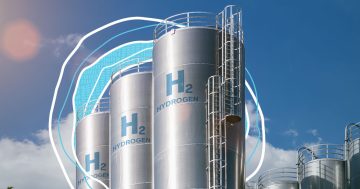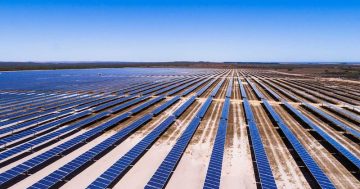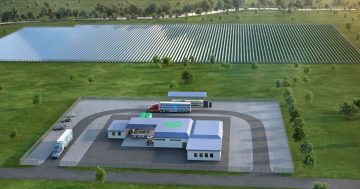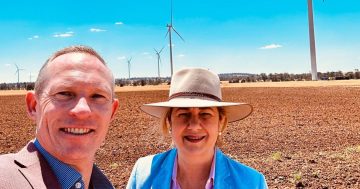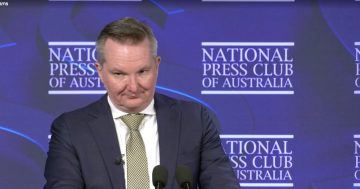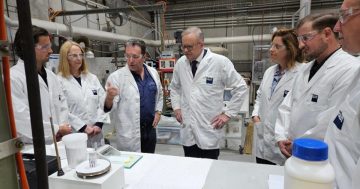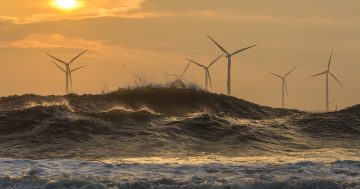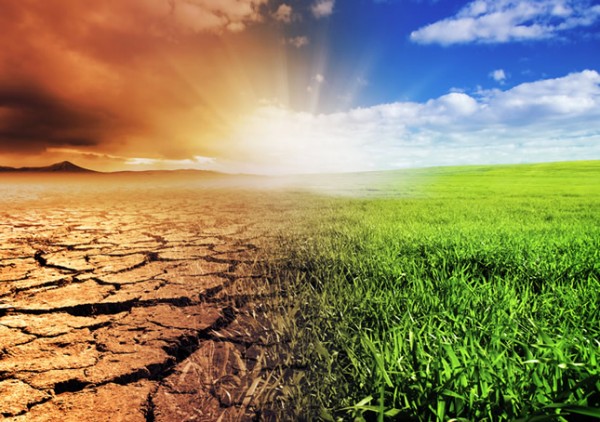
Joining the G7’s climate club needs to be more than just words. Photo: File.
No longer an international climate change laggard, Australia has joined a club of wealthy nations hoping to avoid EU carbon border taxes on our “dirty” steel and other products.
Prime Minister Anthony Albanese signing Australia up to Germany’s climate club last week was a smart move that may save local jobs.
Even better, if green hydrogen delivers on its promise, Australian metal manufacturing exports may expand.
It’s also a crucial move to meet our goal to cut greenhouse gas emissions by 43 per cent by 2030.
That’s just seven summers way, and global temperatures are still rising alarmingly.
Europe has been warning for more than a decade that it will impose carbon border taxes on high emission products. Now it’s getting real.
Next year, the EU will impose carbon levies on imported goods with the amount based on the greenhouse emissions generated in the production process.
US and EU talks on “the world’s first carbon-based” trade pact on steel and aluminium began last year.
German Chancellor Olaf Scholz’s climate club is another step to managing the international trade implications.
The idea is to stop what’s called “leakage” in the carbon world – countries seeking to circumvent carbon prices in, for instance Europe, by buying high emission products from countries with no carbon price, such as China or Russia.
It’s effectively about creating a trading bloc for low or zero emission products. Those outside will be confronted by carbon trade restrictions.
Scholz’s club has an important entry price. Members must agree and adopt a minimum carbon price.
The EU already sets the global carbon price. Its emissions trading scheme began in 2008.
Australia also has a carbon price, despite the former government’s best efforts to kill it and, when it couldn’t, pretend it didn’t exist.
It’s the price of carbon offsets under the carbon farming initiative run by the Clean Energy Regulator and paid, one way or another, by our top polluters under the safeguard mechanism.
Albanese has toughened up the mechanism to pressure big polluters to cut emissions, pay a fine or buy carbon credits to offset them.
Making it easier and cheaper to cut emissions, rather than offset them, is essential to meeting our climate goals, which brings us back to green hydrogen.
And that’s what’s at the bottom of this — a big push to get on with deploying new low carbon technologies for energy generation and manufacturing.
Green hydrogen is a low or zero emission energy source produced by renewable energy to replace coal or gas in making steel and aluminium — products that need a lot of heat to create, and that are used to make of lots of other things we use everyday.
It’s the great hope to deal with one of the most difficult problems in shifting to a low or zero emissions economy without closing down what little manufacturing we have left.
Australia leads the world green hydrogen project proposals but just one 10 megawatt project has reached final investment, the Department of Climate Change, Energy, the Environment and Water (DCCEW) says. Its review of the national hydrogen strategy is timely.
If more green hydrogen projects don’t get going soon, we’re unlikely to meet our climate goals.
Still UN Secretary-General António Guterres has warned against relying on “silver bullets” like green hydrogen to meet the world’s pledge to keep global warming under 1.5 per cent.
We’re tracking towards a 2.8 degree global temperature rise by the end of the century, he said in June.
“That spells catastrophe. Yet the collective response remains pitiful,” he said. “It’s time to wake up and step up.”
And here we are a month later. Southern Europe is sweltering as an “anti-cyclone” of hot air moves towards the continent from Africa. It’s been nicknamed Lucifer.
The US south is stifling under a “heat dome”. Wildfires are burning on both continents. Arctic ice is at records lows and sea temperatures broke April and May records.
Join the club if you’re feeling nervous about the summer to come.
It’s urgent that the government heed Guterres’ words and take swift action to get our emissions down, and to protect us from the catastrophic effects of global warming.
Original Article published by Deb Nesbitt on Riotact.



